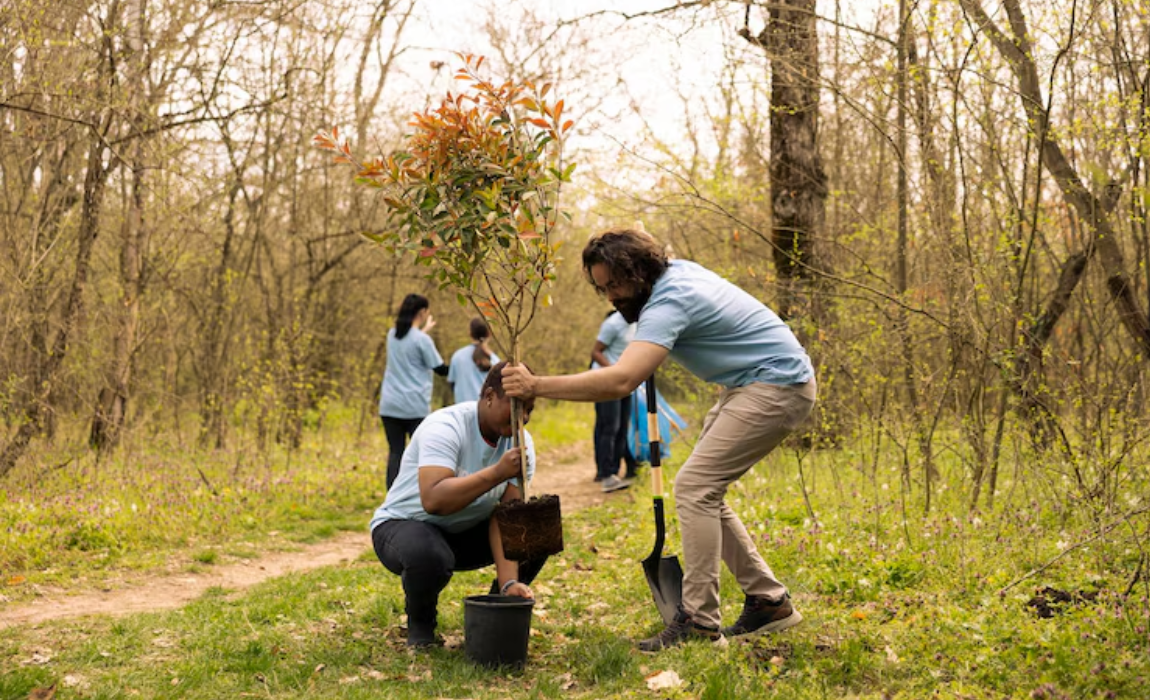
Forest Rights Act and Tribal Displacement: Legal vs. Developmental Conflict
Issues of consent, rehabilitation, and SC’s role in eviction orders.
For centuries, India’s tribal communities have lived in and around forests, not just using them for survival but protecting them like sacred homes. But in recent times, these very people are being pushed out of the same forests in the name of development, conservation, or because of paperwork they often don’t have. This conflict — between protecting tribal rights and pursuing development — has become one of the most sensitive legal and ethical issues of our time.
The Forest Rights Act (FRA), 2006 was a landmark step to give back to tribal and forest dwelling communities the rights that had been denied to them for generations. It recognized their right to live in, use, and manage forest land. It also
made it clear that no project or forest land diversion could happen without the consent of the local Gram Sabha (village council).
On paper, this law looked powerful and fair. But on the ground, the story is very different.
Thousands of tribal families have filed claims under the FRA to prove their right to live in the forests — but many claims are rejected unfairly. Some are turned down because the people cannot produce old documents, even though they have lived there for generations. Others are rejected without proper hearings. The system is often more focused on clearing land than on listening to people.
Things took a serious turn in 2019, when the Supreme Court ordered the eviction of about 20 lakh (2 million) people whose FRA claims had been rejected. These families were suddenly at risk of being thrown out of their homes. After public outcry and government pressure, the Court put the order on hold and told the states to re-check the claims. But the fear remains — especially when development projects like mining or roads are planned in forest areas.
The biggest issue here is consent. The law says Gram Sabhas must give their approval before any project is started. But in reality, many times their permission is either not taken, or fake documents are created to show approval. This means communities are often left out of decisions that directly affect their lives.
Then there’s the question of rehabilitation. When people are displaced, where do they go? What work do they do? Sadly, in most cases, they receive no land, no support, no proper compensation. Many end up in urban slums or are forced into low-paying labour, losing not just their homes but their identity and way of life.
The courts have played an important role in both directions. Sometimes, they’ve upheld tribal rights — like in the Samatha case (1997) where the Supreme Court said tribal land in scheduled areas cannot be handed over to private companies. But at other times, courts have sided with environmental groups or governments, without always checking if the affected communities were fairly heard.
So what is the way forward?
India needs development, but not at the cost of its most vulnerable citizens. Tribal communities are not against progress — they just want to be included in decisions, respected for their deep connection to nature, and protected by the laws that were made for them.
Development that displaces without justice is not real development. The government, courts, and society must come together to ensure that tribal voices are heard, their rights are protected, and their homes are not sacrificed in the name of modernity.
In the end, forests are not just about trees. They are about people too.
